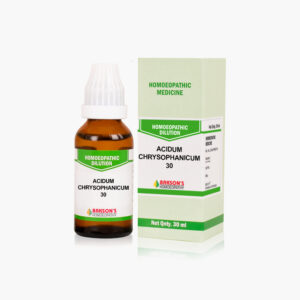What is Psoriasis?
Psoriasis is a chronic proliferative and inflammatory condition of the skin which is characterized by erythematous plaques covered with silvery scales particularly over the extensor surfaces, scalp, and lumbosacral region.
The pathophysiology is characterised by the infiltration of the skin by activated T cells which stimulate proliferation of keratinocytes and this results in the formation of thick plaques.
Psoriasis occurs worldwide and its incidence varies. The age distribution is bimodal with first presentation ranging from 15-20 years of age and a second peak at 55-60 years.
Aetiology
The exact aetiology is unknown, but it is believed to be an autoimmune disease mediated by T lymphocytes. Also, a strong association with HLA antigens seen in many psoriatic patients. Familial occurrence suggests its genetic predisposition. Any kind of injury in the form of mechanical, chemical, and radiational trauma induces lesions of psoriasis. Generally, summer improves psoriasis while winter aggravates it. Psychological stress and smoking may act as a trigger for psoriasis.
Physical findings
Psoriasis presents as well-defined erythematous plaques covered with silvery scales commonly over the scalp, extensors of extremity particularly over knees and elbows and lumbosacral region. The lesions are pleomorphic in nature. Various forms of psoriasis exist:
- Plaque psoriasis: It typically presents as erythematous plaques with silvery scales most commonly over extensors of extremities, i.e., on the elbows, knees, scalp, and back. On successive removal of psoriatic scales pinpoint bleeding points are seen. This is called the Auspitz sign which is used to confirm the diagnosis clinically. This is the most common type of psoriasis.
- Guttate psoriasis: It is also called as eruptive psoriasis and is commonly seen in children after an upper respiratory tract infection with the streptococcal organism. It presents with erythematous and scaly raindrop-shaped lesions mainly over trunk and back.
- Pustular psoriasis: It presents with small non-infectious pus-filled lesions with erythema surrounding it and is associated with hypocalcemia.
- Erythrodermic psoriasis: It presents with widespread inflammation in the form of erythema and exfoliation of the skin covering more than 90% of the body area as a result of abrupt withdrawal of systemic steroids.
- Nail changes: in psoriasis are seen as pitting, oil spots, subungual hyperkeratosis, nail dystrophy, and anchyloses.
- Psoriatic arthritis: It is a form of chronic inflammatory arthritis associated with skin and nail psoriasis. It typically involves painful inflammation of the joints and connective tissue commonly affecting the joints of the fingers and toes. Psoriatic arthritis can also affect the hips, knees, spine presenting as spondylitis and sacroiliac joints with sacroiliitis.
Diagnosis
Diagnosis is made by clinical morphology and the peculiar site of lesions. Laboratory investigations like complete CBC, LFT, KFT, RA factor, ESR may be recommended to rule out any underlying condition.
General management
Medications are recommended in all the types of psoriasis for symptomatic relief. Affected patients must avoid all skin trauma for fear of inducing Kobner reaction (Any injury to the skin in patients with psoriasis in the form of either mechanical, chemical or radiational trauma induces lesions of psoriasis at that site. It indicates the activeness of disease).
Warning: Above information provided is an overview of the disease, we strongly recommend a doctor’s consultation to prevent further advancement of disease and/or development of complications.
Disclaimer: The information provided herein on request, is not to be taken as a replacement for medical advice or diagnosis or treatment of any medical condition. DO NOT SELF MEDICATE. PLEASE CONSULT YOUR PHYSICIAN FOR PROPER DIAGNOSIS AND PRESCRIPTION.



 Login
Login







